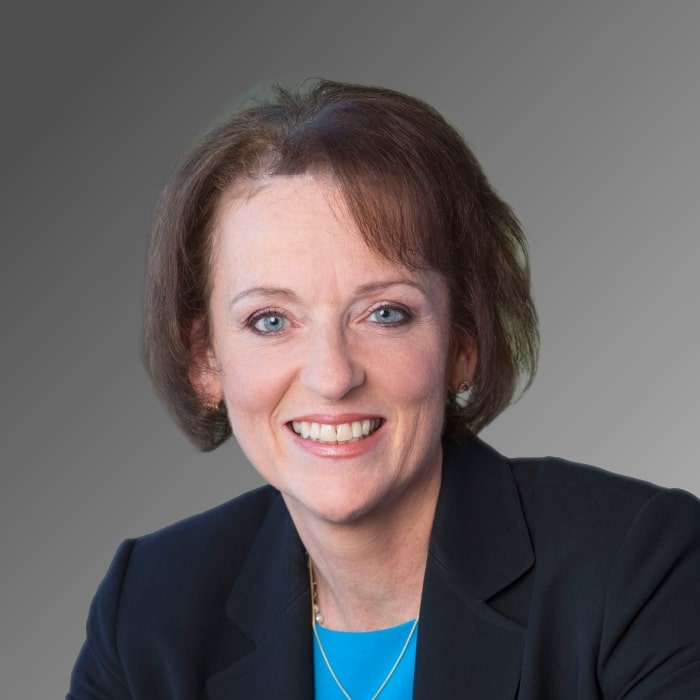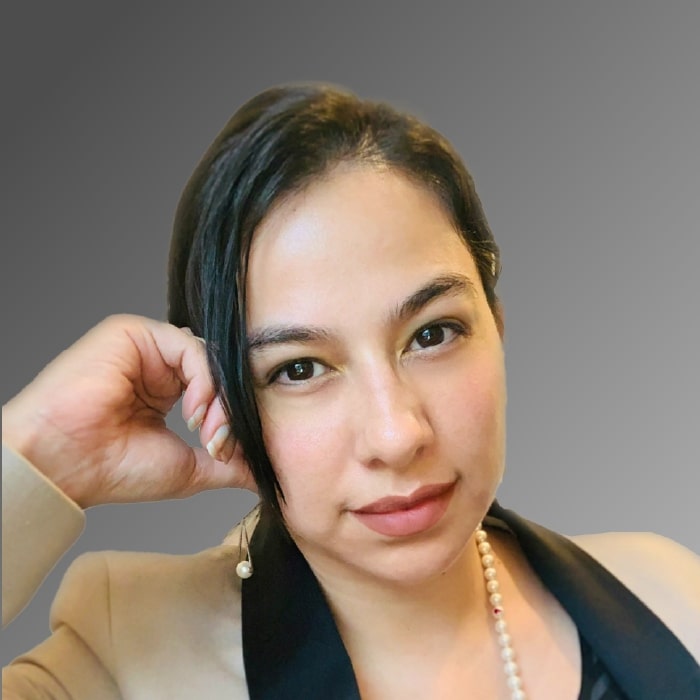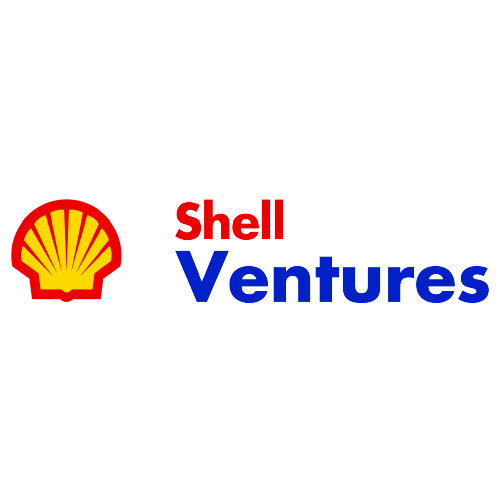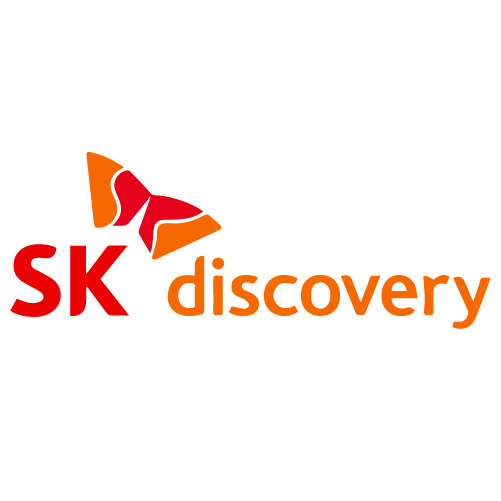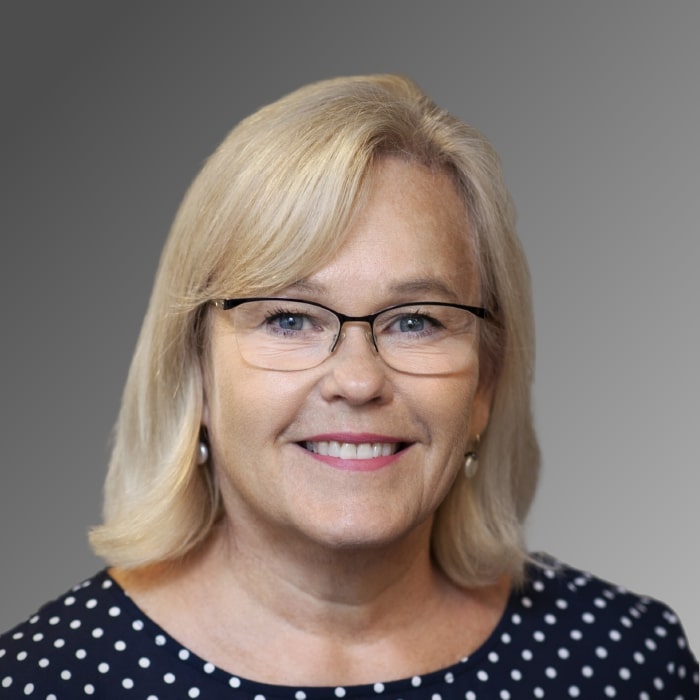The Journey of a Chief Disruption Officer
May 14, 2024
Interviewed by Nicolas Sauvage on February 4, 2022
Barbara Burger learned from a young age that you can’t have too many friends, partners, and contacts. As the middle child in a large family of community builders, some of her earliest memories are of “mom and dad constantly planning and adding people to their lives and stuff to their plate,”
Of course, the ability to find common ground and build consensus has come in handy in Burger’s career, especially in her current position as Chevron’s vice president of innovation and head of Chevron Technology Ventures, she told TDK Ventures President and Corporate Venturing Insider host Nicolas Sauvage.
“The entrepreneur is rarely working in isolation because they need the support, they need to bounce ideas off and learn from others,” she noted. “And building these communities is what incubators and accelerators do. We want to be in that mix when they’re looking for funding and scaling partners and when they’re trying to get feedback on whatever it is that they’re developing.”
Education and Career Launch
Burger has traveled coast to coast. She grew up on the East Coast, attended graduate school on the West Coast, and after graduating went to work for Chevron on the Gulf Coast.
She studied chemistry and history as an undergraduate, followed by a Ph.D. in chemistry from CalTech. After graduate school, at Chevron Burger worked her way up through the company to her current role in corporate venturing. Along the way, she found time to earn an MBA in finance from Cal-Berkeley.
“I started in technology and then I grew up through Chevron running businesses mostly that had a lot of international flavor to them,” she said. “I realized that I like connecting with people. I like understanding how businesses work and how money gets made.”
Overseeing Chevron’s lubricants business while she was based in London challenged Burger to understand “the diversity of businesses and when it translates down to how organizations interact with customers and suppliers and ultimately make some money,” she said. “We closed the books on 43 countries every month. And so I was trying to figure out what the lubricants business looks like in Uganda and comparing that to Belgium. It was really interesting because the business models were different; the markets were different.”
She said her diverse education in science, history, and business, coupled with her community-building skills, gives her a holistic understanding of how businesses work and the diversity of businesses and markets around the world. She uses all these assets in her role fostering innovation at Chevron.
“Obviously, chemistry got me the job,” she noted. “But history teaches us a lot of lessons about how businesses work, how countries work. So, (a multi-discipline education) is what has shaped me in terms of how I run an organization. People think we invest in technology; we invest in companies. And those companies are composed of people and relationships.”
The underlying technologies and the plans startups develop for leveraging are significant, of course, but Burger said her team evaluates corporate venture investment opportunities on four criteria. Three of the four evaluate the startup’s personnel.
“I’m not a hard facts person,” Burger said. “The world doesn’t quite run like that.”
Selecting and Working with Portfolio Companies
Though she remains flexible when contemplating potential investments, she does not compromise on what she expects from investment candidates and what Chevron Tech Ventures contributes in return. Keeping expectations clear and maintaining transparent communications throughout the vetting process both builds trust and lays the foundation for meaningful collaboration.
Or not.
“When I was offered the job, I asked members of the selection team, ‘Why me?’ she explained. “One of the best answers I got was that I had demonstrated the ability to say both yes and no, “You get thrown lots of opportunities, so the ability to filter things and understand what you’re going to say yes to and what you’re going to say no to is really important.”
Getting to that point involves funneling the startup pipeline and filtering out unsuitable companies all along the pipeline.
“There are places along that pipeline to say yes and no,” Burger said. “But engagement with the entrepreneur starts with being responsive. If I tell you I’m going to look at (a proposal), that’s a commitment. Responsiveness velocity means that we all process a lot of communication back and forth. Then if it doesn’t fit our profile, we can tell people why.”
She said she wants to work with startups that help pull Chevron out of its comfort zone.
“Startups help us as much as we help them,” she explained. “They help us with seeing a world outside of the world we operate in every day. As an incumbent, you know the business of your company really well. What you don’t know is what it looks like from the outside. So, I think the more open you are to learning, to imagining the possibilities. And to, and as much as possible to see things from where the entrepreneur is both of you will benefit.
She said for large incumbents like Chevron to reap the full benefits of corporate venture, they have to recognize that they exist in a bubble and seek the benefits of looking beyond the bubble because they don’t know everything that affects their ecosystem. She is fortunate that the Chevron mothership appreciates this reality.
Corporate Cooperation
Burger said that when she started at Chevron 34 years ago, she didn’t contemplate working for the company her whole career, but the relationships she has built professionally and between the corporate entity and the CVC have made it seem natural.
She cited an event Chevron Tech Ventures hosted during the height of COVID-19.
“We had about eight of our CEOs and about the same number of co-investors and thought leaders. We had about eight Chevron executives,” Burger said. “We curated a chance for them to talk directly to each other without any of us being a filter. Our CEOs got to pitch for a couple of minutes; there was networking. It was an example of the relationships we have both externally and internally and having the incumbent companies and the startups be able to have these incredible conversations and see the opportunities to work together.”
Those synapses ensure Chevron’s interests rather than Chevron Technology Ventures’ and serve as Burger’s guiding light.
“I’ve worked for two CEOs who had the foresight and understanding of what a corporate venture can do for a company,” she said. “It does take senior leadership support to articulate why you’re doing what you’re doing, particularly when you’re investing in something that looks like a big, bad, ugly threat to your current business. The one thing I will not make Chevron feel happy about is the status quo. That’s not my job. I’ve been asked to change things. My North Star very much is Chevron, and I’m always thinking about (how every move) connects to Chevron.”
With that in mind, she measures investment success by several rubrics, including the volume of activity churning through various stages and how many result in successful exits. She says she views KPIs as proxies for mission achievement.
“We look at how much is going successfully through the pipeline, which allows you to have some failures and allows you to look at a lot of stuff. We look at those things that are adding value to Chevron today, as the strategic insights that are helping us think through that future.”
Team Dynamics
Several times during the episode Burger credited her investment team for its diversity and collaboration, implementation, and communication skills. She said most of her team members come from inside Chevron corporate. Not only do they come on board with a working knowledge of the mothership’s purpose, but they already have built rapport with others on the team.
“We know them before we hire them because we’re networking inside the company to find those people who are innately curious and always thinking about what’s next,” Burger explained. That’s important, because “you can’t fall in love with the (startup) company and then try to find the place to stick it. You start with our understanding of (Chevron) now and where we’re going.”
Burger said that with such a stellar team in place, “my job is just to keep them happy, by creating an opportunity where they can bring forward good ideas and provide a little cover so that they get a chance to nurture them.”
She said she likes to involve many people from the CVC and corporate side when making investment decisions. That allows the group to examine the problem, the market, the competition, and the proposed solution from every perspective providing the ability to make informed decisions on whether to proceed before Chevron Tech Ventures gets too deep in the process.
“When we get to a certain point the team weighs in on it before we ask (the startup) to see the confidential stuff and before we tie up our lawyers,” she noted. “At that point, we aren’t seeing whether a deal can get done. We’re just saying, “Does this thing fit? Is it investible according to our criteria?”
Chevron works to maintain an inclusive cadre among the investment team, co-investors, and portfolio company management.
“Diversity around the table from an investor standpoint is important. Diversity within a team is important,” Burger said. “We’re guided by Chevron’s thinking about diversity, equity, and inclusion, but then we translate that to the business that we’re in and what we can do. And we’re going to invest in companies that meet our criteria and we’re going to make our aperture as wide as possible and challenge the objectivity of our criteria.”

 A liberal education develops the “soft” skills that lead to proper investment decisions. History teaches lessons about how businesses work, and money gets mad. Barbara notes that CVCs don’t invest in technology. We invest in companies. And those companies are composed of people and relationships.”
A liberal education develops the “soft” skills that lead to proper investment decisions. History teaches lessons about how businesses work, and money gets mad. Barbara notes that CVCs don’t invest in technology. We invest in companies. And those companies are composed of people and relationships.” 